
The 7 Principles of Circular Workplace Design
At the heart of the "Circular Economy" concept is good design. Here we look at 7 principles for designing a perfect workplace for the future.
In this blog we’ll explain the concept of the “Circular Economy”. Then, because good design is at the heart of this new economy, we’ll look at 7 Circular Design principles for designing a perfect workplace for the future.
Today, we tend to use resources to make products, use these products up and then throw them away. This is what we call a “Linear Economy” and it’s very wasteful and unsustainable. Its hopeful successor, the Circular Economy, is based on the principle of making the most of resources: by minimising waste, by keeping products in use and by reusing materials wherever possible. Here are 7 ways in which Circular Design can improve your workplace.
1. Build Sustainably
Waste and pollution are largely a result of how we design things. Not only should buildings be made of sustainable, non-toxic materials, but they should also be designed in such a way that these materials can later be recovered and reused if the building’s demolished. If done properly, almost nothing needs go to waste.

2. Design to Last
Similarly, workplaces and office furniture should also be designed to last. Furniture should be physically durable and well made so that it won’t need replacing. In fact, classic design should actually get better with age and repair. This is an idea that we spoke about last year in our trend piece on the Japanese art of Wabi Sabi : which is about finding beauty in imperfection, accepting the passing of time and understanding the value of authenticity.
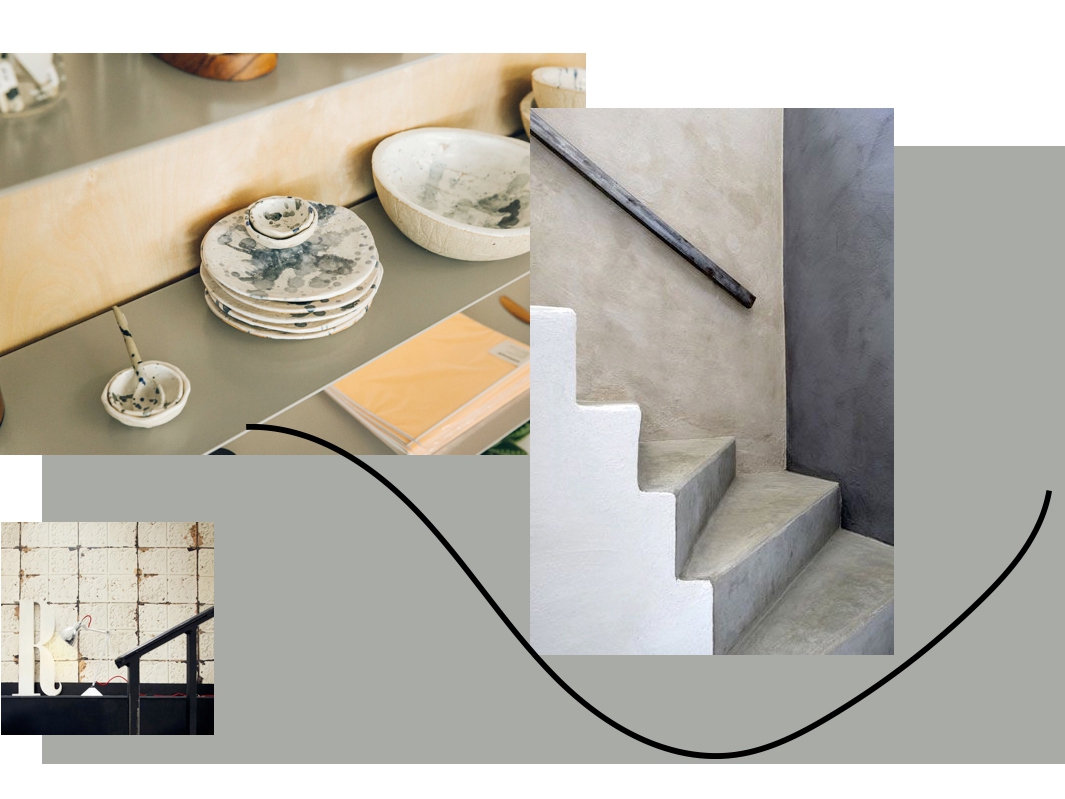
3. Embrace Modularity
Choosing modular furniture is a great way to plan for upgradability and repair: if one part breaks, it can easily be replaced. Likewise, modular systems can be customised endlessly and quickly reconfigured to suit changing needs over time. Modular shelving and zone dividing systems, for instance, can change size, form and function, and they’re easy to bring with you should you move office. They allow you to design an agile workplace for the future, one that fits employees’ needs tomorrow as well as today.

4. Refurbish What You Can
Rather than buying everything new, consider investing in refurbished furniture, computers and so on. If you do buy new products, choose ones that are designed with future refurbishment in mind. It’s important to look after your office, maintain its fitting in good condition and repair everything you can to extend its lifetime. All repair and maintenance jobs are circular; which means the office handyman plays one of the most important roles in the new Circular Economy.

5. Minimise Waste
It’s good to use sustainable materials like recycled paper or processed rainwater, and just as important to recover your own waste for reuse and recycling. Make sure your office has a system for recycling everything possible and that the system works: that there are plenty of recycling bins with clear instructions on what goes where, and that staff make the most of them and don’t just dump everything in the nearest bin.
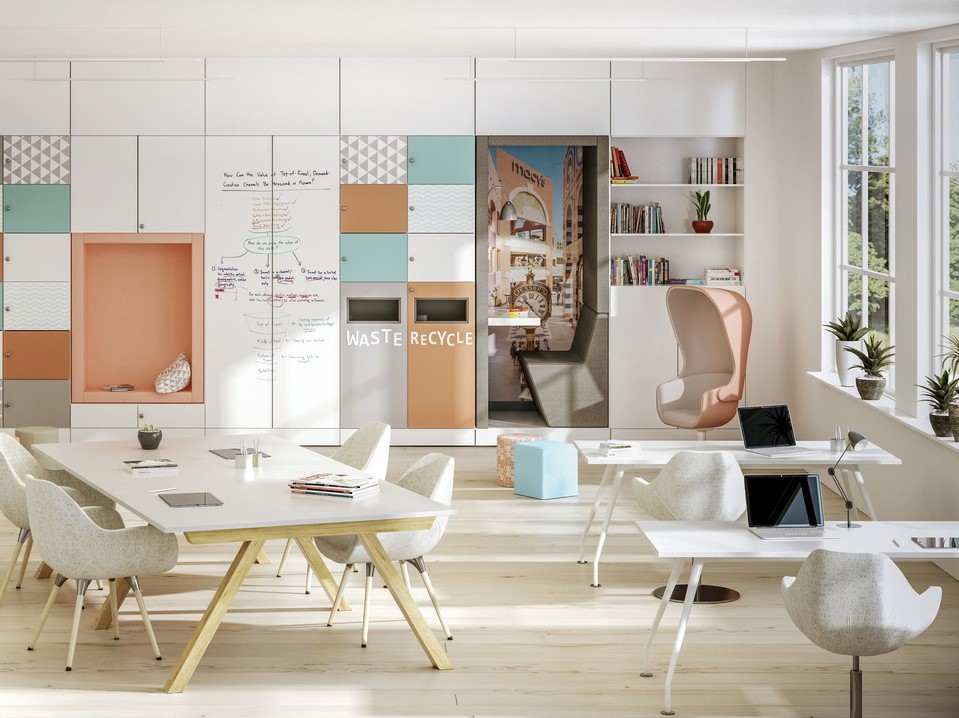
6. Share Everything
A key development of the Circular Economy is a shift from ownership to access. Rental, subscription and sharing services are on the rise across all sectors. Rather than selling customers products forever, it’s more sustainable to simply lease them access to that product for however long they need, after which it can be leased to the next person. Coworking spaces are thus an integral part of the Circular Economy because they’re designed with sharing in mind; so are offices in which lockers, desks, meeting pods and other facilities are shared between staff.

7. Dematerialise
So, what’s better than sustainable materials? How about no materials at all? In the same way that streaming services like Spotify and Netflix have turned entertainment into a digital product, offices will soon grow more dematerialised themselves. As we covered in a previous blog on augmented reality in the workplace, the virtual office of the future may well exist predominantly in your augmented reality headset. Turn on your glasses and you’ll instantly find yourself surrounded by your apps, your notes, your virtual screens ticking over with information, your bookmarks and conversations. Turn off your glasses, and your office disappears. There are many benefits to such a virtual future, but one of the best is that waste will be kept to an absolute minimum.




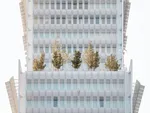

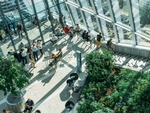
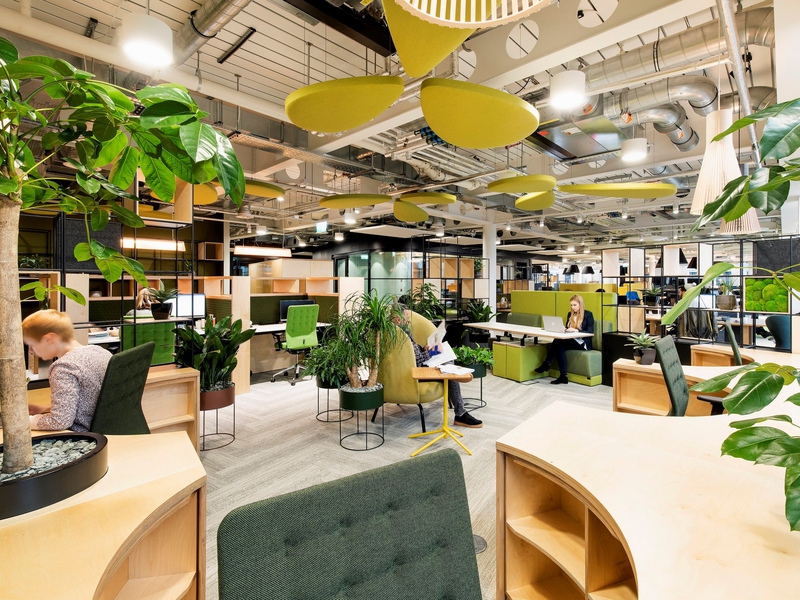
International workspace provider, HB Reavis have recently moved into their new UK headquarters in London. A bright, pla…
REAL ESTATE
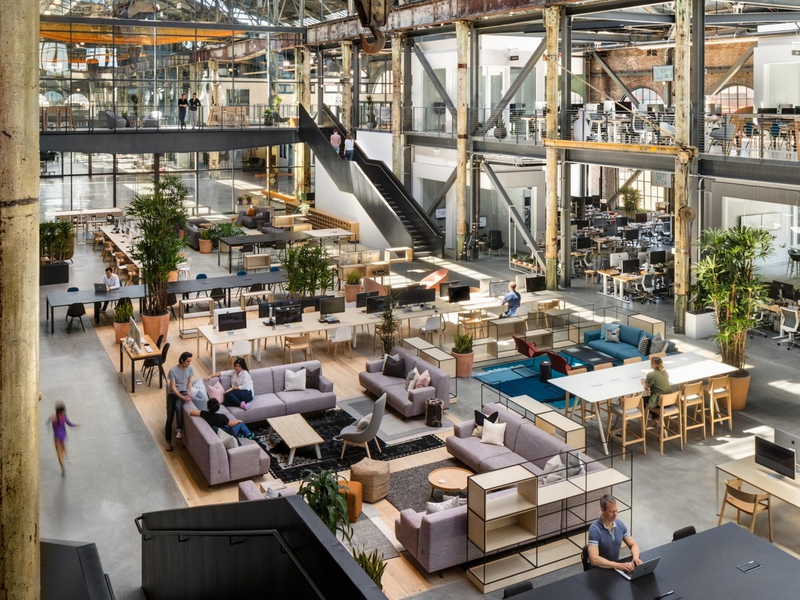
San Francisco-based startup, Gusto, working alongside world-leading architects Gensler, have created a gigantic new off…
TECHNOLOGY & IT

Bringing the company together in the heart of Manhattan's financial district, Booking.com have recently relocated into …
PROFESSIONAL SERVICES